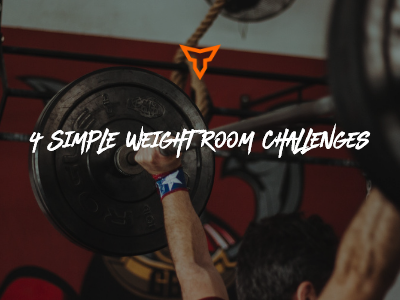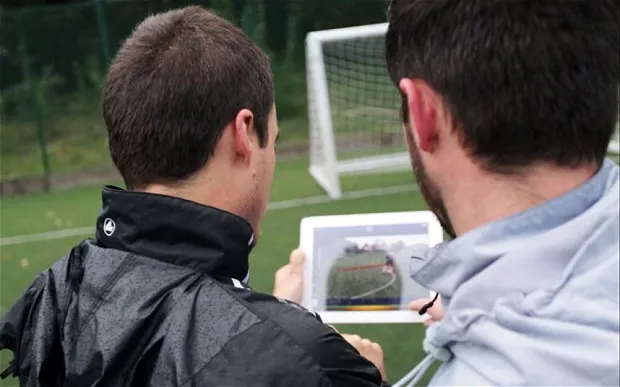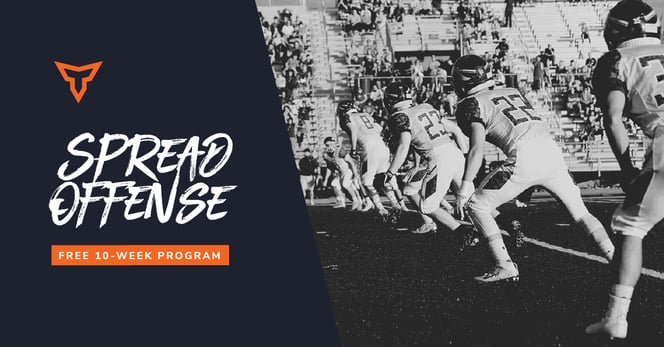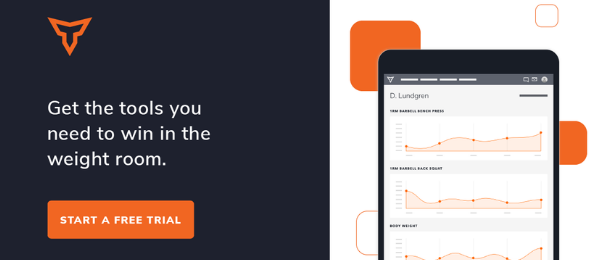4 Motor Learning Hacks to Instantly Make You a Better Strength Coach
Have you ever tried teaching an exercise to a client or friend with no luck whatsoever? No matter what you say or how many times you show them, they just can’t seem to do it right?
It can be frustrating for trainer and client alike. Thankfully, there are some simple strategies to help trainers teach more effectively, and have clients learn more efficiently. The study of motor learning, or how our brains learn and then repeat a movement, has existed for decades. It’s a complicated process, and until recently it was poorly understood.
Researcher and Professor Gabriele Wulf has spent a large portion of her academic career investigating how people learn movement, and what strategies can help enhance that learning. What she’s found is not only astonishing, it’s incredibly easy to incorporate into your sessions today. Practically speaking, this means we can enhance our client’s ability to learn and retain movement patterns with a few key strategies. Motor learning is impacted by several factors, but according to Dr. Wulf, these four are crucial: observational practice, focus of attention, feedback, and self-controlled practice.
Observational practice– Watching others perform the movement, and then attempting the movement themselves can enhance motor learning - no surprise there. Studies have shown that learning is further enhanced when participants are expected to teach the movement to others(Wulf 2016). If you train people in a small group setting, try having them demonstrate the movement and/or teach it to each other while you supervise. It’s more interactive and potentially more effective than simply teaching it yourself.
Focus of Attention– Studies have shown that giving external focus cues will enhance motor output, decrease antagonist co-activation, increase power output, and improve movement accuracy and efficiency. For example, when cueing a deadlift, say things like “push the ground away from you” instead of “drive with your legs” or “show me the logo on your shirt” instead of “keep your back straight and chest up.” Keeping the focus on completing the task rather than doing the component pieces will help your clients’ movement efficiency and automaticity, making movements unconscious or automatic.
Feedback– Proper feedback enhances motivation as well as movement accuracy. Explaining what someone did correctly during a movement helps encode that movement pattern more effectively than telling them what they did wrong. Additionally, positive social-comparative feedback, or telling them how they did versus their peers, will benefit learning as well. For example, “Jim, you did a really nice job keeping your shoulders moving backwards during that row. You do that better than most people I’ve seen.” Some of the benefits of good feedback seem to be related to increasing a client’s self-efficacy, or their belief in their ability to perform a task. Like the old saying goes – whether you believe you can or believe you can’t, you’re right.
Self-Controlled Practice– This is an easy, but often overlooked, aspect of coaching. Simply giving clients the autonomy to make decisions about their learning will improve their ability to learn and retain the information. For example, letting the client choose when to receive feedback, or when to see the movement modelled again, or even letting them choose whether to use a balance-assistive device during an exercise can enhance motor learning. The research is clear: any choice at all, even unrelated to the movement or task, will enhance learning. Giving clients autonomy increases their investment in learning and yields huge benefits for them and you.
To summarize these motor learning concepts:
- Have your clients watch, and then demonstrate movements for each other (or for you).
- Use external focus cues, directing clients to complete movements rather than move body parts.
- Give positive feedback about what they did properly, and let them know that compared to others, they’re especially good.
- Let clients choose things during their workouts (exercise order, color of ball, music, etc.)
If you start incorporating these four things into your sessions, your clients will learn faster and you’ll look even more like the exceptional trainer you are!
Good luck – and use your powers for good.
Subscribe to our blog
Subscribe to receive the latest blog posts to your inbox every week.
Related posts

4 Simple Weight Room Challenges

Strength and Conditioning Networking 101


